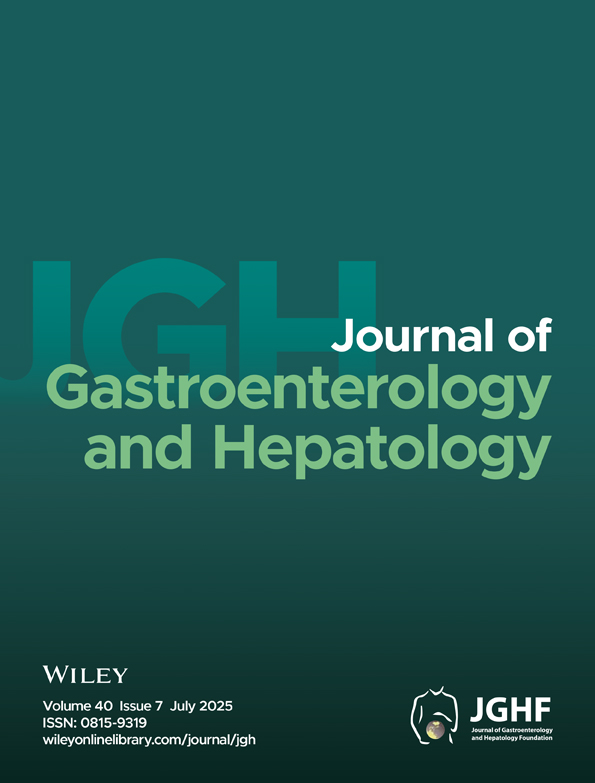COLONIC DYSPLASIAS IN IBD PATIENTS ARE LESS FREQUENT THAN EXPECTED
Abstract
Objectives Patients with long-standing IBD have an increased risk to develop colonic dysplasias, however, by conventional colonoscopy dysplasias are likely to be missed. Endoscopic fluorescence imaging is a promising new technique to differentiate between normal colonic mucosa and dysplasia. We, therefore, used this technique to prospectivly evaluate the occurence of dysplasias in patients with longstanding IBD-colitis.
Methods Twenty-five consecutive patients with longstanding IBD-colitis were screened for colonic dysplasias. To induce tumor-selective intracellular synthesis of red-fluorescent protoporphyrin IX, its precursor, 5-aminolevulinic acid, was given orally at a dose of 1 g. Patients were examined by both conventional white light colonoscopy and by fluorescence imaging using a blue light source (400–410 nm) and a sensitive camera to detect fluorescence (D-Light/Tricam SL, Storz, Germany). Biopsies were taken every 10 cm from normal appearing mucosa, from macroscopically suspicious areas, and from fluorescence-positive areas.
Results The median duration of the IBD was 14 years. Fluorescence was negative in all but one patient. However, in this one patient, histology revealed no dysplastic tissue, thus the rate of false-positive results was only 4%. In none of the biopsies dysplasias were detected histopathologically.
Conclusions Thorough endoscopic examination with a dense net of biopsies, in addition to fluorescence analysis, revealed no dysplasias in the colon of 25 patients with longstanding IBD-colitis. These data show that the rate of colonic dysplasias in patients with long-standing IBD-colitis may be lower than previously reported.




